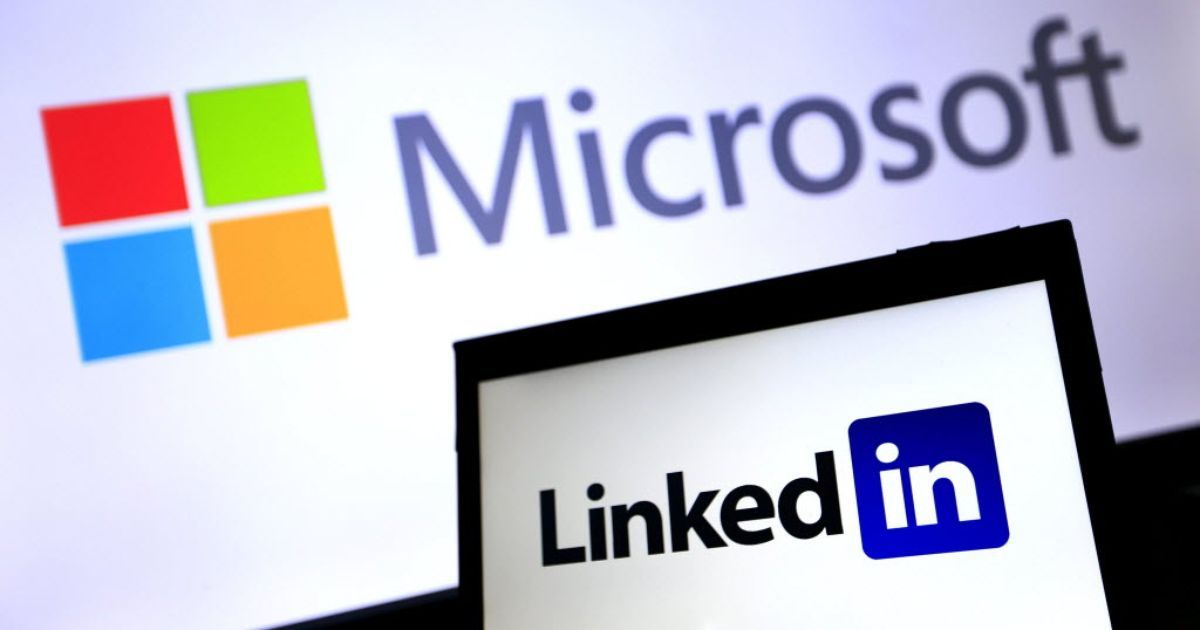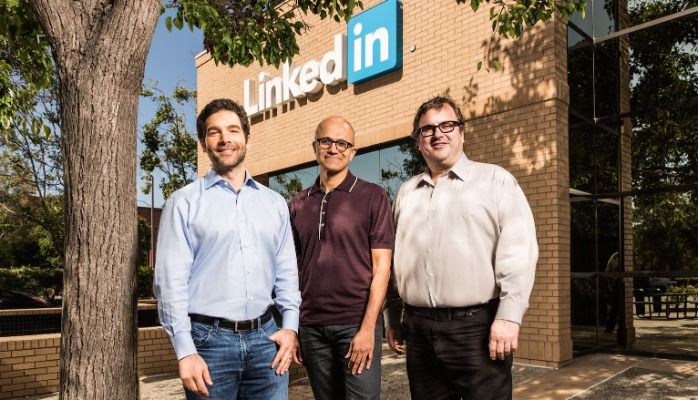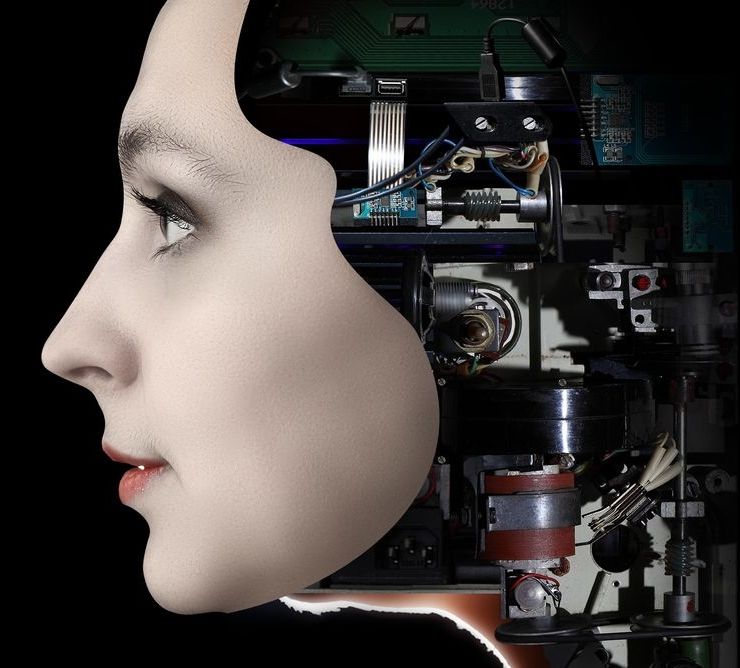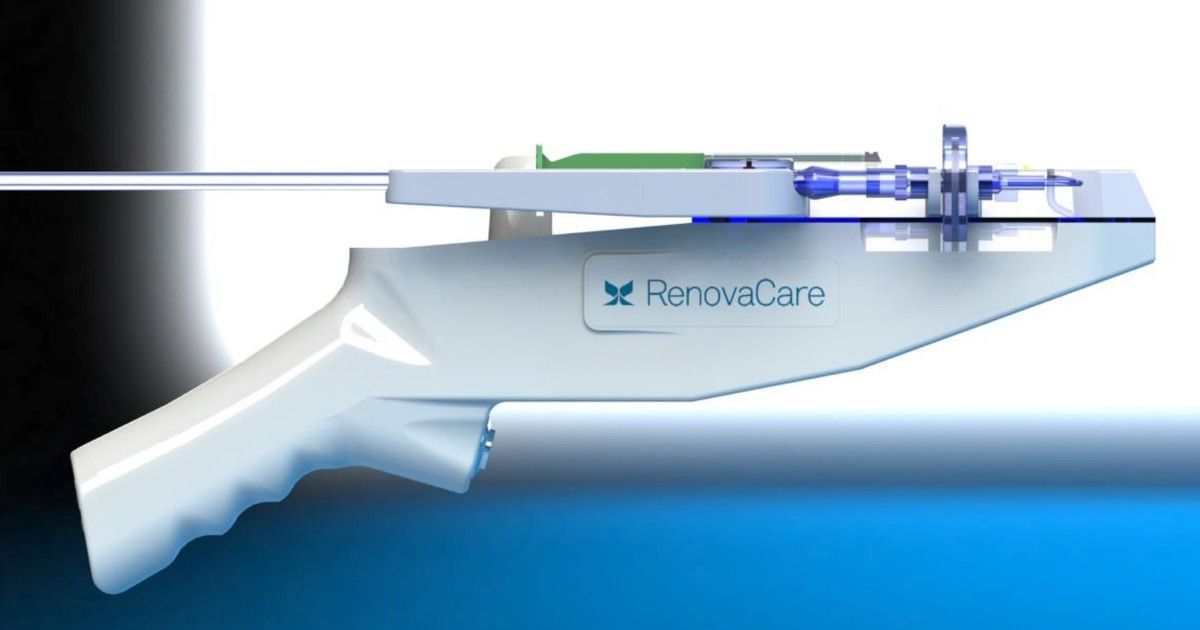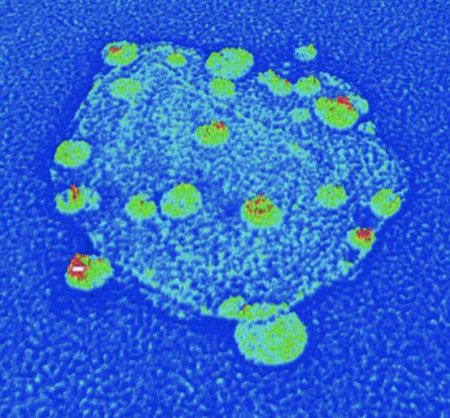Excellent acquisition on multiple fronts. However, I will post the question that will most be definitely on the minds of some folks; “what protections around privacy will MSFT employees and others have with their InMails and communications with recruiters and others who they connect with on LinkedIn?” We have not just MSFT employees, Apple, Google, etc. And, many people have used this site to connect for business and joint ventures, to locate their next opportunity, etc. So, if we look at the larger picture this really must be asked.
This is the email I sent to LinkedIn’s global workforce today. I thought it might be interesting to others, too, so I’ve decided to publish it publicly.
=====
December 15th, 2008, marked the first day of the best job I’ve ever had. My rationale for joining LinkedIn was simple: The opportunity to work with Reid Hoffman, a founder I greatly admired and respected; to join an extremely talented and dedicated team; and to massively scale LinkedIn’s membership and business, both of which had the potential to fundamentally transform the way the world connects to opportunity. Never in my wildest dreams, could I have imagined what would happen in the next 7½ years. Our team has grown from 338 people to over 10,000, our membership from 32M to over 433M and our revenue from $78M to over $3 billion.
Read more
